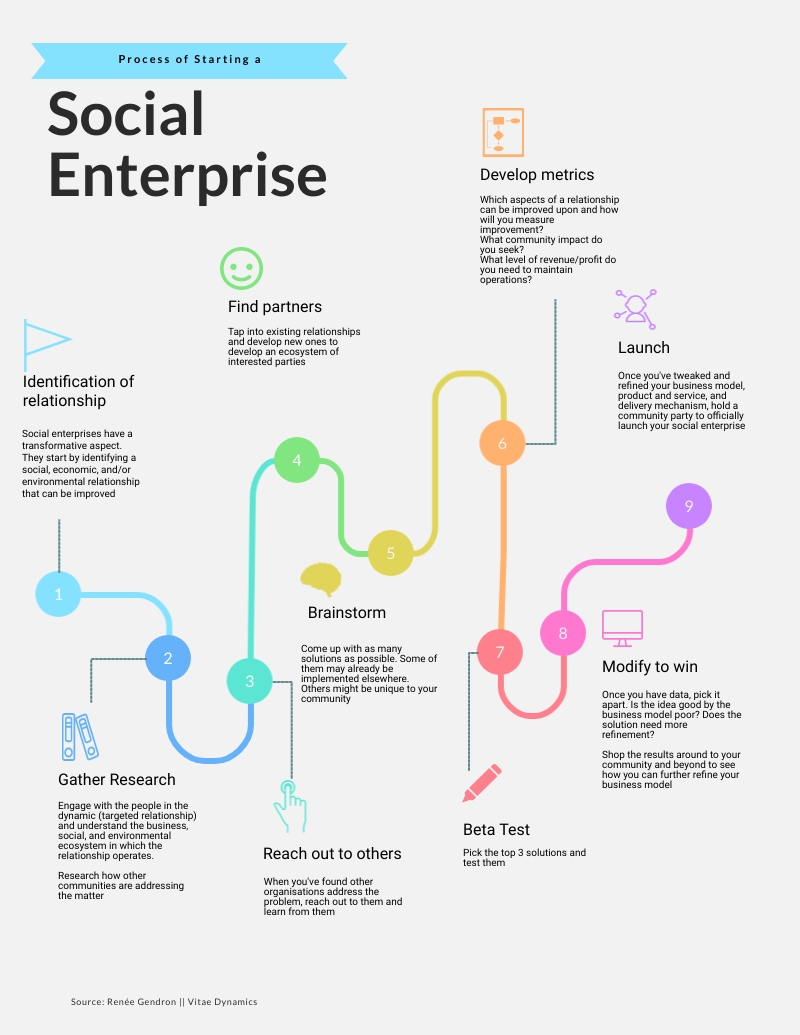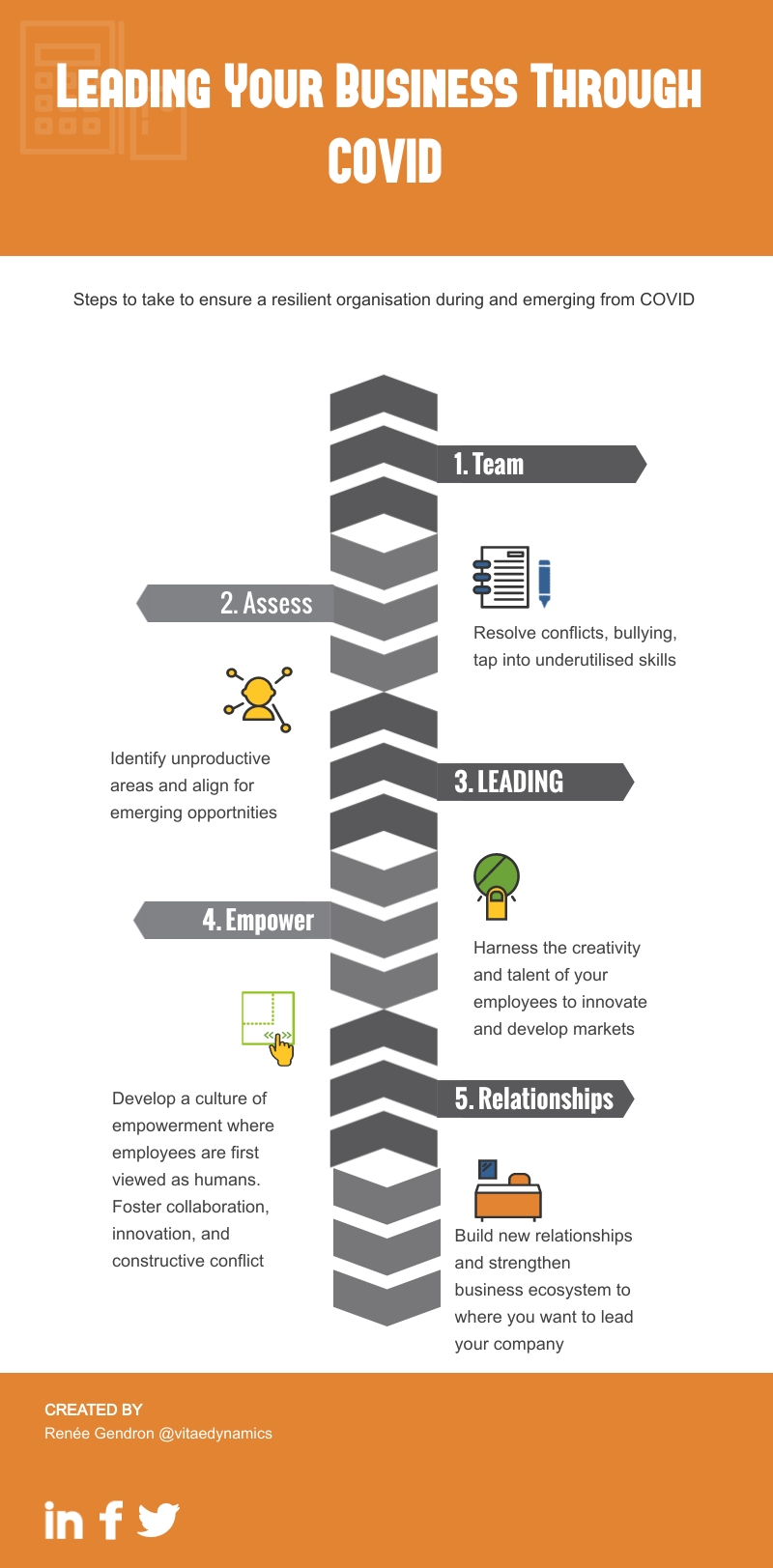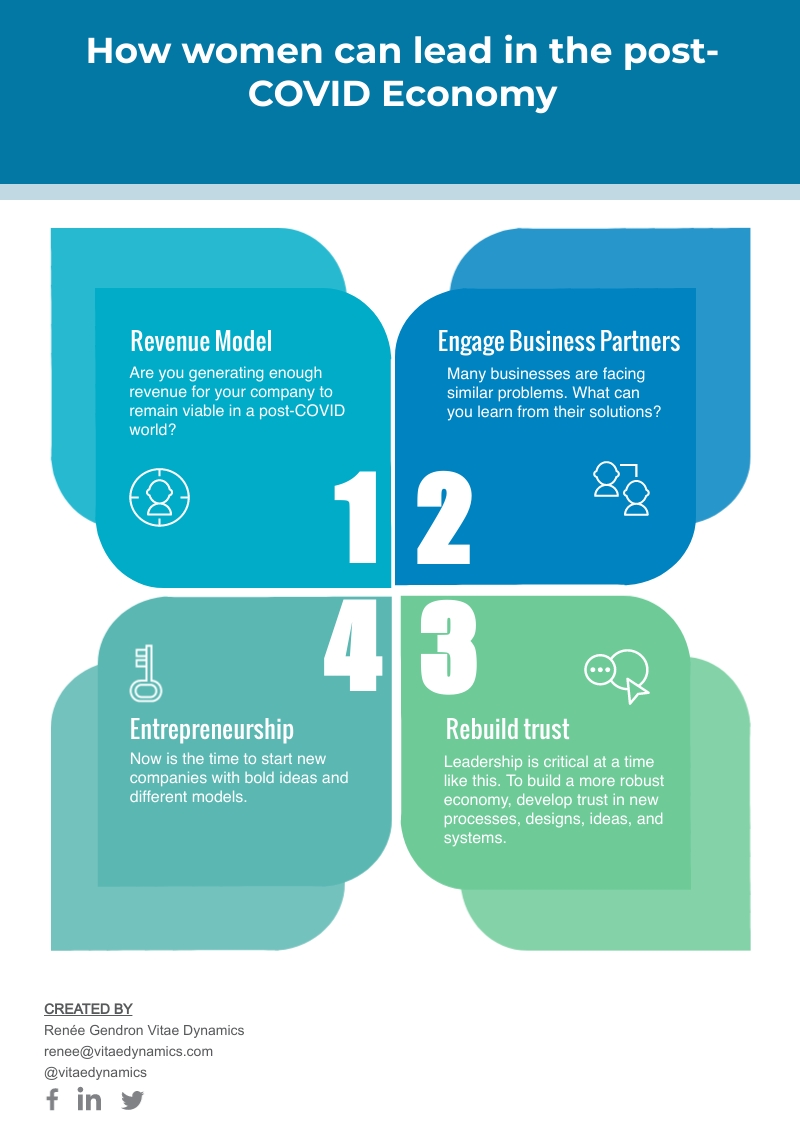The Next Business Shift News

A large part of what I do is having conversations with people. I enjoy learning about other people’s perspectives and insights. Last week, I had a conversation with someone who wants to see more resilient physical infrastructure developed and a renewal of rural economies. I’ll summarise the conversation and then expand on how it impacts businesses.
I’m thrilled whenever someone wants to talk economic or business development. This is the type of conversation I enjoy because I, too, want to help strengthen businesses and the economy, particularly in rural areas.
We talked about updating infrastructure and expanding on community buildings such as libraries and public pools. Public buildings cost a lot to build and maintain. Here’s a fellow whose vision aligns with mine, yet we ended expressing ourselves with conviction and rather loudly, on how such projects could never be integrated versus how a longer-term vision is required to integrate renewable energy, multiple sources of revenue, and a range of public services through one building.
He argued that neither politicians nor bureaucracies are rewarded for taking a holistic approach. Members of the public want to know how much it will cost to build a library and maintain it. There are many failed projects throughout the country in which a municipality tried to install solar panels on the rooves of its buildings to generate revenue. Yet, the project cost more than it generated. There are failed attempts at using excess public space, such as the sides of buildings, to lease to small urban farmers to grow vertical gardens.
From the point of view of the politician or the civil servants deciding to invest public funds, the risk of lowering the credit rating (and consequently have to raise the rates on taxpayers) is not worth the reward of longer-term or more integrated infrastructure.
I suggested to my colleague that a municipality need not go to Bay Street for money but to finance such projects through community bonds. Conditions of the bonds may include the requirement of living in a specific geographic area or not exceeding $X invested. The decibel level of the conversation noticeably decreased.
Suppose the community wants a project that politicians or civil servants deem too high-risk (too many moving parts, too many untried means, too much new technology, etc.). In that case, the community can raise funds and change the risk equation. Local people risk and local people gain, instead of a more traditional financing mechanism when those putting up the money aren’t part of the community and don’t risk other long-term impacts such as living next door to a long-time disused building.
The conversation with my colleague kickstarted my brain into how risk can be realigned with reward. Most of you would have worked in a setting where the person responsible for accomplishing a task isn’t the person with the authority to decide which solution to implement. The person facing the problem isn’t the person with the budgetary leeway to assign resources. There are countless examples in most workplaces where the risk-reward ratio is skewed to the detriment of individual employees and the organisation’s overall performance.
For the Next Business Shift, there needs to be a re-alignment of risk-reward. There are many types of risk, including financial, environmental, social, technological, goodwill, and time. You can raise more capital, rehabilitate an environment, work to rebuild trust, but you can’t make more time. There are situations in which a solution is time-sensitive, and the lack of action generates its host of risks.
It’s a question of creating appropriate feedback loops within teams, organisations, and communities. People who are held responsible for a solution have the authority to implement the most reasonable solution.
If you need help creating feedback loops or generating resources to implement solutions, please reach out for a chat.

We’ve all driven along highways and passed through villages and clusters of homes that were struggling. Maybe there’s a shuttered paper mill, a closed gas station, only a small corner store in a place that one had a strip mall, or abandoned lots that once sold industrial equipment to the now-closed mine.
We’ve all been through these places, remembering better times when the local school was open, there was a post office, and people in the community worked jobs that provided decent pay. No one ever got rich work a shift at the mill, but there was a roof, food, benefits, paid time off at the cottage, and enough left over to save something for retirement.
These towns have become places parents only see their adult children once a year when they come up from the city. If you’re lucky, you’ll see them every two or three years once there are grandchildren. Too long to travel more frequently, with diaper change stops, work schedules, and winter roads.
Let’s take a look at some cold, hard facts on the state of the rural Ontarian economy. According to the 2020 Ontario Economic Outlook report (1), rural Ontario faces weaker (older) infrastructure, loss of workforce due to urbanisation, and finding workers with the right skillsets. The Canadian economy ground to a halt in December 2019. COVID only exacerbated economic conditions. (2) For decades, there has been a slow bleed of people out of villages and towns that have lost industry towards cities.
How do we address systemic economic challenges that have plagued regions for decades? I propose that we shift our mindset away from a standard business model to one of social entrepreneurship. Business is about making money by delivering value. Social entrepreneurship is about making money by generating value that transforms a series of relationships in the community.
It’s the transformative aspect of social entrepreneurship that will give a new lease in many communities. Social entrepreneurs look at the social, environmental, and economic ecosystem in which they operate. They identify a relationship that can be improved and design products and services to meet that niche.
Let’s look at a few examples of social enterprises. Abbey Garden’s transformed a 300-acre gravel pit into a farm that sells local produce and provides educational and recreational activities. The business has immediate beneficial environmental benefits and, through their programming, social benefits.
Ottawa Renewable Energy Cooperative creates projects for local, sustainable energy production. Such projects change the way energy is produced and strive towards local energy independence.
Social enterprises combine community, different ways of financing, and innovation. For every problem you can think of, there is a multitude of social innovations that can be applied. If your community has problems attracting and maintaining younger workers, a business incubator can be created to launch businesses that excite and engage younger workers. If your community is facing environmental issues, a social enterprise can be launched to create a solution. Problem with plastics? Start a Plastic Bank and modify it to meet the needs of your community better.
A lot of rural communities have problems attracting venture capital and financing. The mill or mine closed years ago, and to an outside investor, there’s too much risk without a large economic driver in the community.
Good news. Social enterprises are here in support. There are different ways of launching a project, including working for equity, community bonds, partnerships with patient capital, and other forms of social finance.
Some communities face employment issues. The primary industries might be seasonal or subject to boom-and-bust cycles. Social enterprises can be created to pick up the slack in employment. Job sharing initiatives can be created to ensure meaningful and long-term employment, the acquisition of new skills, and the opportunity to earn income while developing a start-up. There are also ways of combining benefits and other incentives to ensure a stable and prosperous employment base.
What’s appealing about social enterprises is that they empower individuals and communities to address local concerns. Social enterprises bring people together to see how they can collaborate, share resources, and create new resources together.
Starting a social enterprise
Let’s look at the steps to take to start as a social enterprise. The first step is to identify which relationship you want to transform. Social entrepreneurship is about creating positive changes in a relationship or a series of relationships to enhance value. This step requires a lot of deep thinking because you want to target the right relationship with the right service or product. Social enterprises also have a goal of generating revenue to support themselves. In my personal view, it is better to start a social enterprise to make it self-sustaining through sales. If a social enterprise relies on grants from the government or foundations, it risks closing its doors when there is a shift in spending priorities.
The second step is to gather research. Engage with the people in the target relationship to understand the dynamics and impacts of that relationship. Probe how the relationship can be improved and listen. Listen some more and listen yet again.
The third step is to reach out to others working in the space. Reach out to social enterprises that target the same relationship and learn from them. Reach out to small business and social enterprise incubators to learn, develop a network, and co-create solutions.
The fourth step is closely related to the third. Once you’ve identified resources and networks, you’ll be able to develop your resources and networks. You’ll find partners and supporters.
By the fifth step, brainstorming, you should have a cluster of individuals and organisations interested in your social enterprise idea. A social enterprise is a business, and businesses go through several product and service iterations before finding the right fit. Use the fifth step to brainstorm, get creative, come up with as many ideas as possible.
In the sixth step, you’ll develop metrics to determine how to select the best idea. Metrics may include impact, cost, preference of target audience, and feasibility. You can further refine the metrics to meet your specific needs. Be honest. Sometimes the most innovative idea isn’t feasible with your current resources. Sometimes the simplest solution doesn’t generate the intended impact. The more critical you are at this stage, the more likely you’ll develop a stellar product or service.
In the seventh step, you’ll test the idea with your target audience. As part of beta testing, you can develop several iterations of the product or service. You can also design metrics to determine the relative impact of your social enterprise.
In the eighth step, you’ll tinker, tweak, redesign, and redevelop your service or product. The eighth step is critical to ensuring a viable product or service that transforms the targeted relationship.
The ninth step is the official launch of your social enterprise. It’s time to celebrate all of your planning and effort and open the doors of your social enterprise. A different type of work begins. You’ll concentrate on your social enterprise’s day-to-day operations, monitoring impact and ripple effects, and where appropriate, grow your social enterprise to ensure viability.
Now is the time to be bold and build and to reach out to neighbours and new friends. How can you flex your leadership muscles to rethink the economic relationships in your community to add more value, use all of the talents of your employees, and drive social entrepreneurialism?
I welcome all opportunities to continue this conversation. Please feel free to reach out to me to see how we can harness the love of small towns, the desire to innovate and live better, and the return to broad prosperity for all.
Renée Gendron
@vitaedynamics
renee@vitaedynamics.com
1 https://occ.ca/wp-content/uploads/2020-Ontario-Economic-Report.pdf
2 https://www.conferenceboard.ca/insights/blogs/disappointing-economic-growth-in-fourth-quarter
3 https://fcm.ca/sites/default/files/documents/resources/report/rural-challenges-national-opportunities.pdf

It’s been more than one year since the COVID lockdown. We’re in the third wave, and this pandemic will likely be around for a while longer. Your business has taken some hard hits over the past year, but it’s still standing, if a little battered and bruised. But it’s still standing, and you need to be proud of that.
Let’s take stock of some of the economic trends that were accelerated because of COVID. More Canadians are working from home, demonstrating that businesses can run with a remote workforce. There’s growing interest in local food, speciality foods, and organic foods. There’s growing interest in social enterprises, the social economy, and the green business sector. The energy transition from fossil fuels to renewables is accelerating. Underlying all of these trends is a growing interest in quality and local (defined as being produced 100km from your location to being produced in Canada).
The pandemic has demonstrated the weakness of global supply chains. Many items from dentistry, pharmaceutics, and equipment are on extended backorders. The disruptions in supply chains have caused headaches for some and generated opportunities for others, reinforcing the interest in locally made goods.
The COVID pandemic has caused many people to hit the pause button. Hundreds of thousands of Canadians are rethinking their lives, their work, and their business. There’s a significant migration in the country as people move away from expensive areas to smaller towns. Why? Lower costs of living, higher living standards, and more leisure time (saved from not commuting). If you can bring your job anywhere, why not live in a place that inspires you?
The migration is not just physical. There’s a change in perception of work. Employees are demonstrating that a work from home model is feasible. Sure, there are social benefits to going to work. And yes, some jobs require that you be there in person. The shift to telecommuting is also amplifying the shift for meaningful work. Employees seek work that inspires draws on a person’s talents, not just the skills listed on a resumé. People want to work for a company that has a higher purpose than churning a profit. Employees want to know their work benefits the community and the environment.
More and more people are questioning how businesses operate. They question why so many workplaces are dysfunctional. Dysfunction can mean the presence of destructive conflicts such as bullying. Dysfunction can also mean suboptimal processes, workflows and processes that grind that joy out of a person. Too many workplaces have high levels of stress, constant lack of resources, and lack of leadership. All of these factors combine to generate circumstances of burnout. Most employees have no contingency to address bullying, burnout, and process and systems issues.
Countless employees have brilliant ideas and want to take the initiative but can’t because of weak corporate culture, lack of support, and the constant drumming of being told no. Such work environments suck the innovation and drive out of employees, the business, and ultimately the economy.
Here’s our pitch to you. Let’s use the COVID economic pause to do some deep thinking about business and the economy. Let’s use this moment of uncertainty to find a better way to do business. Vibrant workplaces with thriving employees aren’t anathema to profits. In fact, employees crave workplaces where work isn’t a chore, and they’re respected and have opportunities to use all of their skills and abilities.
Here’s the question for businesses: how to navigate these changes while remaining profitable. The ground continues to shift under many business’ feet, and now is the time to take a step back and think about your company’s direction. Here are some questions to guide you:
- Is your current market base sufficient to ensure growth in the medium and long term?
- Are there other markets that are underdeveloped that you could better serve while earning more money?
- Do you know how to find and develop other markets?
- Do you have the leadership capabilities within your company to pivot to more lucrative markets?
- Are you fully utilising your employees’ skills and abilities to develop new projects, access new markets, and innovate?
- Are your employees engaged and motivated in their work to help you reach your business goals?
We propose a program to help your business thrive. We take the approach that a thriving organisation has robust leadership, a healthy culture, and a robust ecosystem. A healthy culture must ensure meaningful work, ensure employees thrive, and unhealthy conflict is addressed. A robust business ecosystem generates opportunities, new markets, new resources, and partnerships. It’s the adage: you become whom you associate with, and it’s essential that businesses associate with like-minded businesses.
We help your business thrive through a process of custom series of workshops, coaching, and consulting. The process works with an initial needs assessment, developing a tailored process involving coaching, mentoring, training, and workshops. We understand that change takes time, and we’re here to support your business along its journey.
We are looking for a test company in the Eastern Ontario region with 25-35 employees. You have been in business for several years and sense that it’s time to rethink how you’re doing business. You understand the need to transform to remain viable but aren’t sure which direction to take. Your current client base is shrinking. Your company took a hit during COVID (like all companies), but your company isn’t bouncing back as much as you had hoped. You sense your employees need more from their work, but you don’t know what. You’ve tried addressing the conflict in your workplace, but it keeps coming back. You have the same conversations repeatedly, but there’s no forward movement on conflict, business strategy, product or service development.
If this sounds like you, reach out to see if you qualify for our COVID-assistance package. We recognise many businesses are struggling and want to give back to the business community.
Will you join us?

In my previous blog post, I noted that women are well-positioned for the post-COVID economy. Women are more likely to collaborate. (1) Women who negotiate for themselves (such as a job offer) are generally perceived in a more negative light than women who negotiate on behalf of others (such as a collective agreement for a team). (2)
The post-COVID economy can go one of two ways. The first is that competition for clients and resources is so harsh that will it resembles something out of a post-apocalyptic movie. The second, and this is my hope, is that businesses realise another way of doing things. A way that’s more collaborative, interdependent, and more apt to sharing resources between organisations.
Here’s how women can lead the way to economic recovery: building and negotiating a shift towards social enterprises. Social enterprises have a dual goal of earning income while serving a social or environmental (or both) goal. Social enterprises target a relationship (or series of relationships) and transform them. In the process of transformation, a stronger, healthier relationship is created.
Social enterprises can be highly profitable. Grameen Bank provides micro-loans to impoverished people in Bangladesh. In 2016, Grameen Bank had US$2.8 billion in assets.
Goodwill is another example of a profitable social enterprise. People donate and buy used clothing and items. In 2016, Goodwill Industries International made US$5.7 billion in revenue.
The Ottawa Renewable Energy Coop has millions of dollars of solar panel assets and contracts throughout Ottawa and Eastern Ontario.
The last time I looked, those were serious business numbers.
There are several ways in which women can profit in the post-COVID economy. The first is to begin raising ways in which business models and revenue streams can be transformed. Use this unique moment in time to demonstrate your leadership skills. Engage with your coworkers about your existing client base, areas of potential growth, how you’re using resources, and how your company interacts with the community.
The second way is to engage your partners. These are vendors, clients, and the broader community to discuss how your business and other businesses can increase their impact and contribute to more resilient communities. The pandemic has highlighted many fractures within the system, be it economic, social, or health. Where there’s a crisis, there’s opportunity. And women can lead the conversation and the convening of parties to the conversation.
A third way for women to flex their business skills is to start more women-owned companies. Women-run and women-owned companies are more innovative, more profitable, and more productive. (3) With many companies struggling to stay open, there’s a growing demand to fill that market space. Women can use this opportunity to start businesses better adapted to current conditions, build stronger teams from day one, and develop more resilient business ecosystems.
A fourth way to rebuild the economy is to restore trust. Women have the edge over men in fostering confidence. (4) Leverage women’s soft skills to create a community of practice around a business problem or issue. Credibility is something that takes years to create and seconds to destroy. Be sure to remain open and transparent without intentions for the conversation.
There is no one-shot solution in the post-COVID economy. As we emerge from COVID, we need to have deep conversations about how businesses will operate, which solutions to develop, and how to mobilise people and resources to achieve goals.
How will you lead in the post-COVID world? Reach out to me on Twitter @vitaedynamics to continue the conversation.
If your business is looking for ways forward, please reach out.
1 https://hbr.org/2018/07/in-collaborative-work-cultures-women-carry-more-of-the-weight
2 https://hbr.org/2014/06/why-women-dont-negotiate-their-job-offers
3 https://www.cnbc.com/2018/03/02/why-companies-with-female-managers-make-more-money.html
4 https://www.inc.com/shama-hyder/the-hidden-advantage-of-women-in-leadership.html
